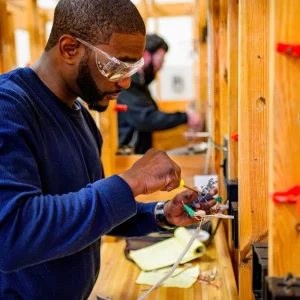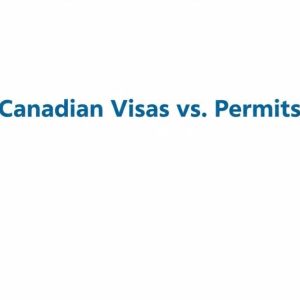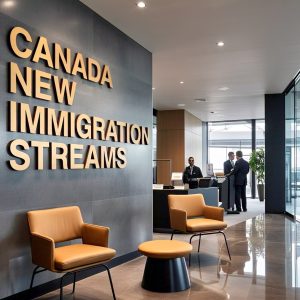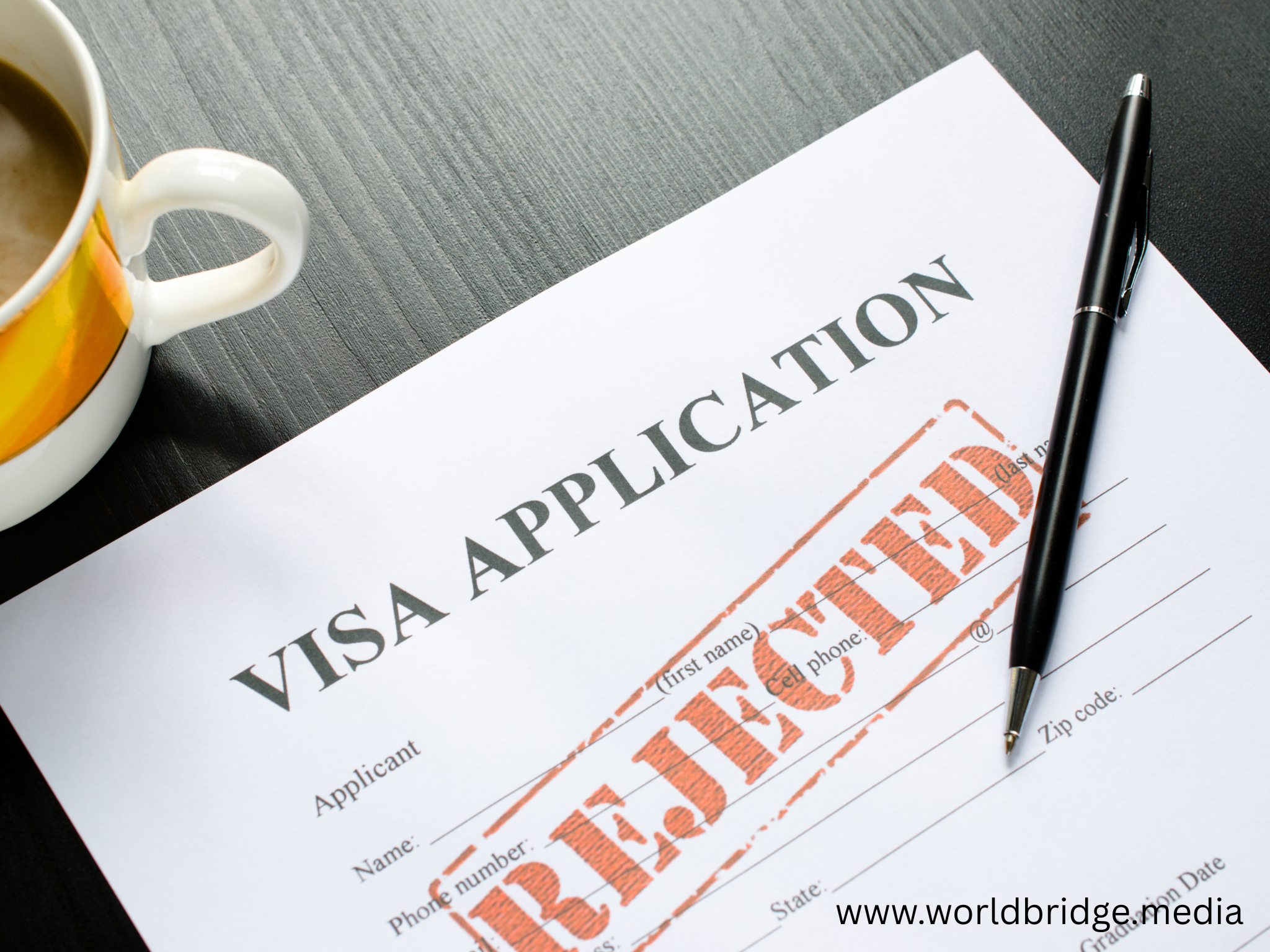Introduction
Starting your journey in Canada as an international student? That’s fantastic—but the goal for many is “study now, stay later.” This article outlines how to move from a Study Permit to work and then to Permanent Residency (PR) through streamlined paths in 2025.
Step 1: Study in a Designated Learning Institution (DLI)
- Ensure you choose a DLI (the institution must be on the federal list).
- During your studies, maintain full-time enrollment (unless final term) and meet the conditions of your study permit.
Step 2: Obtain a Post-Graduation Work Permit (PGWP)
- Once you complete a qualifying program (typically at least 8 months or more) at a DLI, apply for a PGWP.
- The work permit allows you to gain Canadian work experience, which is critical for many PR pathways (e.g., Canadian Experience Class under Express Entry).
Step 3: Gain Canadian work experience
- Work full-time in an eligible skilled job (NOC 0, 1, 2, or 3) while on the PGWP.
- This experience strengthens your PR profile and may make you eligible for CEC, PNP, or provincial streams aimed at international graduates.
Step 4: Create an Express Entry profile (if eligible) or apply to a graduate-targeted PNP
- After gaining experience, you can create an Express Entry profile. The CEC program requires at least 12 months of full-time skilled work in Canada in the 3 years before you apply.
- Some provinces have PNP streams specifically for international graduates — investigate those in your province.
Step 5: Receive ITA and apply for PR
- With your Canadian work experience, education and possible provincial nomination, you become more competitive for an ITA.
- After receiving an ITA, follow the usual steps: submit full documentation, pay fees, give biometrics, and complete landing.
Key Considerations
- Choose your study program wisely: pick programs aligned with Canadian job-market demand and likely to qualify you for PGWP.
- Maintain status: never let your study permit expire and always follow conditions (e.g., full-time study).
- Track your work hours and job classification: make sure your job falls under eligible NOCs and you have documentation (pay slips, employer letters).
- Plan for timing: Some PR streams require work experience in Canada after graduation — plan early.
- Keep your transcripts and records safe: You’ll need proof of your program completion for both PGWP and PR applications.
Want help selecting the right Canadian institution, applying for your study permit, securing the PGWP, and ultimately transitioning to permanent residence? Contact Worldbridge Immigration Services today.
Website: www.theworldbridge.ca • Email: info@theworldbridge.ca • WhatsApp: +1 416 727 7766

















